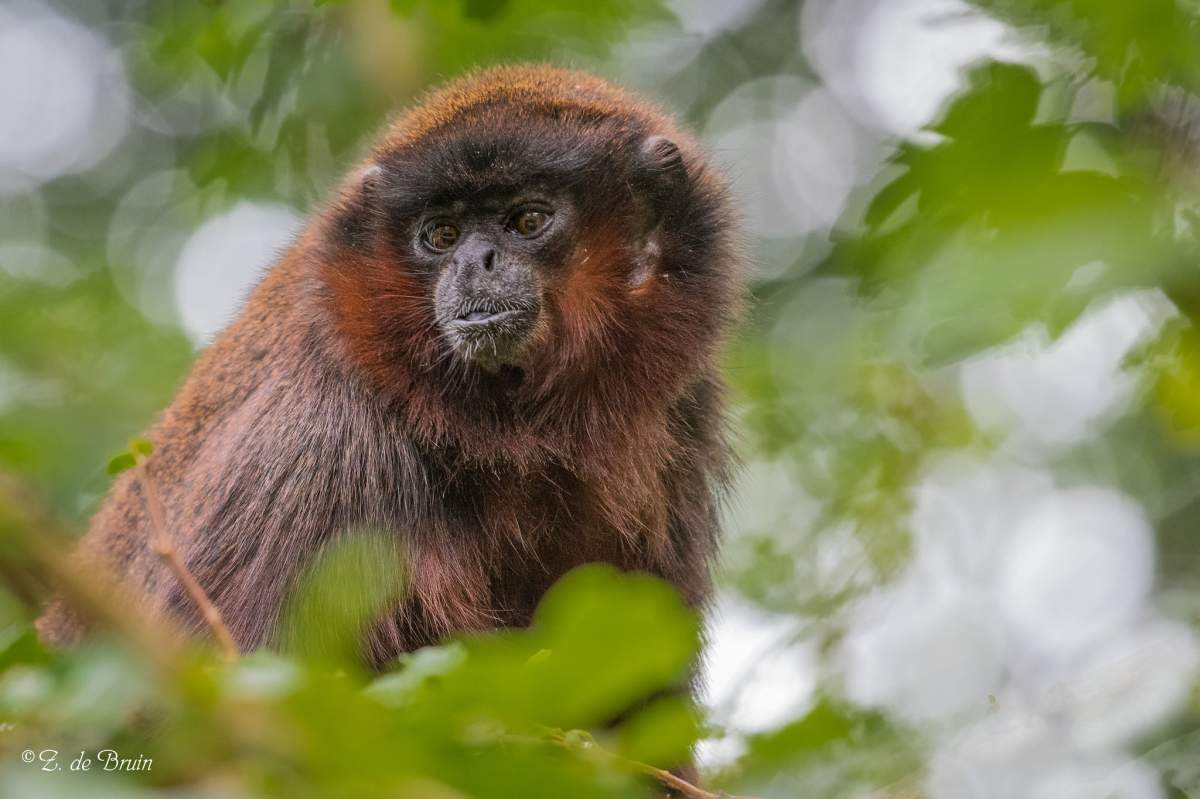
Shakespeare called jealousy the "green eyed monster." It can help keep couples together, but can also cause conflict and violence.
Hey, Jealousy
One way scientists are studying this is by studying it in other animals. It can sound unintuitive or strange to think that animals might experience an emotion like jealousy.
To do it, they needed an animal closely related to humans, and they'd need to form monogamous pairs, like many humans do. That could be hard, since only three to five percent of mammalian species are socially monogamous.
Even animals that have been thought to be monogamous like swans, actually are not.
Researchers were able to find a suitable species. It's a species of monkey from South America, called the titi monkey. These monkeys form monogamous pair bonds with males guarding their mates from rivals. A research team published a study of jealousy in this animal in 2017.
So, the next question you probably have is this: how did they make the monkeys jealous?
Green-Eyed Titi Monkeys
The scientists forced the males to watch their mates interact with a stranger male for thirty minutes. These males were compared with a control group that watched a stranger female with a stranger male.
Afterwards the ‘jealous' monkeys showed higher levels of the stress hormone, cortisol, and the male hormone, testosterone which has been linked with aggressive behavior. And in some chimpanzees, the presence of a higher amount of testosterone has corresponded with a higher number of parasites infesting them.Â
In the ‘jealous' monkeys, researchers found elevated activity levels in a brain area called the cingulate cortex, which is also known to be involved in the pain of social rejection in humans. Another active area, called the lateral septum, is known to be involved in the formation of pair bonds in other animals.
Thank you to John Edlund of the Rochester Institute of Technology for reviewing this episode's script!
Sources And Further Reading:
- Frontiers. "Scientists pinpoint jealousy in the monogamous mind: The first neurobiology study of jealousy in a monogamous primate species sheds light on the emotion that keeps couples together but also tears them apart." ScienceDaily. October 19, 2017. Accessed February 13, 2018.
- Luntz, Stephen. "This Is The Part Of You Brain That Experiences Jealousy." IFLScience.com. October 19, 2017. Accessed February 13, 2018.
- N. Maninger et. al. 2017. Imaging, behavior, and endocrine analysis of ‘jealousy' in a monogamous primate, Frontiers in Evolution and Ecology, 5: doi: 10.3389/fevo.2017.00119
- Starr, Michelle. "Have Scientists Pinpointed 'Jealousy' in The Primate Brain? Not So Fast." ScienceAlert.com. October 20, 2017. Accessed February 13, 2018.









